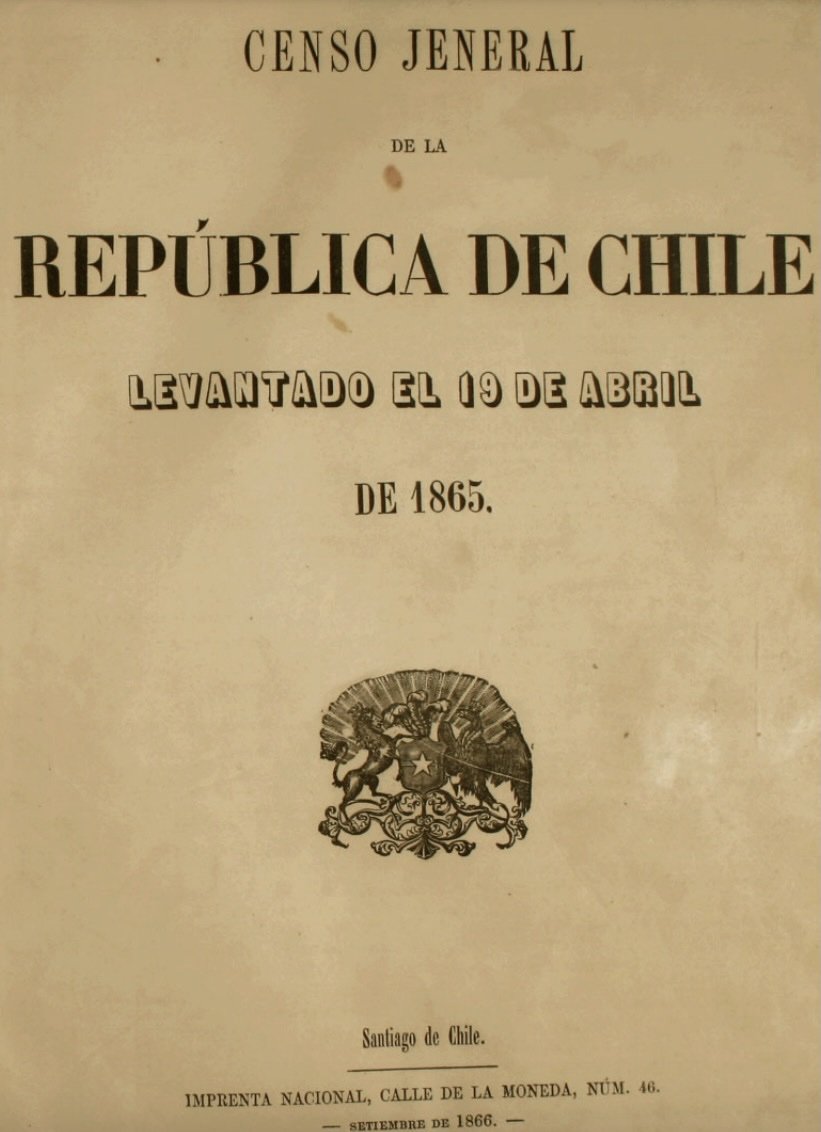I lead a collaborative effort to compile information on Chile's economic and political development. Our dataset captures data at the smallest available administrative unit for each historical period—departments until 1891 and municipalities thereafter. The dataset contains information from 1844 to 1935.
The dataset draws on diverse primary sources, including national and topic-specific censuses, government budgets, statistical yearbooks, and ministerial reports. To measure state capacity over time and space, we track variables in several categories: fiscal allocations (for police, education, infrastructure, and judiciary) and personnel distribution (bureaucrats, teachers, military officers, and engineers) throughout Chile.
We study agricultural development by documenting estates with details on size, price, taxes, ownership, crop types, and peasant demographics. Finally, we include metrics on enfranchisement levels and elected officials to support the analysis of Chile's evolving political regime.
A selection of these data was recently published as supplementary materials for my article “Varieties of state-building,” published in Perspectives on Politics.
